Unlocking the Secrets to Exceptional Design Success
- Yogesh Desai

- Jun 10
- 3 min read
In today's competitive landscape, achieving design success is pivotal for brands and businesses. An exceptional design not only captures attention but also fosters deeper connections with audiences. This article will explore practical strategies and insights that can help you unlock the secrets to achieving design excellence.
Understanding the Elements of Design Success
Design success is built upon several foundational elements. These include clarity, functionality, aesthetics, and emotional resonance. When designs encompass these aspects, they manage to create lasting impressions on users.
Clarity: Your design should communicate the intended message quickly and effectively. For example, a website should have clear navigation to help users find what they're looking for without frustration.
Functionality: Every element in your design should serve a purpose. A well-designed product not only looks good but also works seamlessly. Think about Apple products; each design element enhances the user experience.
Aesthetics: Attractive designs draw users in and keep their attention. Utilize color theory and typography effectively to make your designs pop while remaining true to your brand identity.
Emotional Resonance: The best designs connect with users on an emotional level. Consider how your design makes people feel and strive to elicit specific emotions that resonate with your brand's mission.

The Role of User Research in Design Success
Conducting user research is crucial for achieving design success. It helps designers understand the needs, preferences, and behaviors of their target audience. By investing time in research, you can create designs that are user-centered and more likely to succeed.
Start by conducting surveys, interviews, and usability tests. Tools like UserTesting or SurveyMonkey can help you gather valuable insights. Analyze the data to identify patterns that inform your design choices.
Creating user personas based on research findings can further sharpen your focus. These personas represent the main segments of your audience, aiding in crafting designs that address specific user needs.

The Importance of Prototyping and Iteration
No great design emerged fully formed. The prototyping stage is where ideas start to come alive. Develop simple wireframes to visualize concepts prior to executing full designs. Using tools like Sketch or Adobe XD can streamline the process.
Once you have a prototype, gather feedback from stakeholders and potential users. Be open to criticism; this is a fundamental part of the design process. Iteration is key to refining your work. Don't hesitate to go back to the drawing board based on the feedback received.
For instance, if users find a button difficult to find, consider changing its color or repositioning it. Make it a habitual practice to iterate based on user feedback. This approach not only leads to better designs but also aids in boosting user satisfaction.

Design Trends You Should Know
To stay competitive, it's essential to be aware of design trends. While trends should be adapted to fit your unique brand, incorporating popular styles can improve your design's relevance.
Here are a few key trends to consider:
Minimalism: Less is often more. Streamlined designs with ample whitespace lead to enhanced user experiences.
Bold Typography: Using large, bold fonts can help key messages stand out and improve readability.
Organic Shapes: Move away from rigid geometric shapes. Soft, organic shapes can evoke feelings of warmth and approachability.
Dark Mode: Many users prefer the aesthetic and reduced eye strain that dark mode provides, making this feature a sought-after design trend.
Incorporating relevant trends into your design while aligning with your brand identity can enhance how audience perceives your work.
Emphasizing Continuous Learning and Adaptability
Finally, to achieve design success, you must embrace continuous learning. The design landscape is ever-changing, driven by technological advancements and shifting audience expectations.
Follow industry blogs, attend webinars, and engage with other designers. For instance, the blog found at Primaverse offers valuable insights into current design excellence. Participating in design communities can further inspire your work and introduce you to new ideas and techniques.
Adaptability is just as essential. The willingness to pivot your approach based on user feedback, market trends, and technological developments can set you apart from competitors. Remember, the goal is to create designs that resonate and serve users effectively.
Bringing It All Together
Achieving exceptional design success requires a multifaceted approach. By focusing on clarity, functionality, aesthetics, and emotional resonance, conducting thorough user research, adopting a prototyping mindset, staying updated on design trends, and committing to continual learning, you can unlock the secrets to captivating and effective designs.
The design journey is about finding the balance between creativity and practicality. Each project represents an opportunity to explore new ideas, learn from mistakes, and celebrate successes. Embrace this journey and work towards creating design excellence that echoes long after the project concludes.
In closing, remember that design is not just an aesthetic pursuit; it's a powerful tool to connect, inform, and engage with your audience in meaningful ways. Your next great design could be just around the corner—keep exploring, learning, and experimenting!




Comments